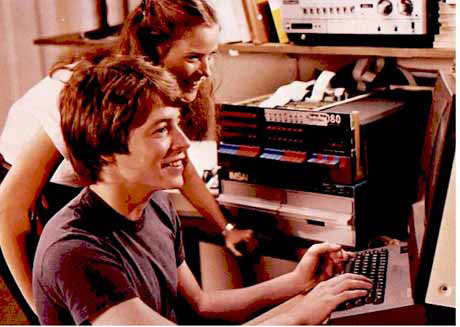Creating a logo with artificial intelligence
I ran a brand consultancy for well over 20 years and as a team, we created literally thousands of logos and quite a few brands that you would know. The logo is one element of the branding, but it’s one that is easy to spend a fortune on without getting something you are totally happy with.
Design is a completely subjective thing and one person’s great is another person’s awful. So, only you can decide whether you like a logo or not. The great thing about this Artificial Intelligence design tool which is called LogoJoy is that you can create as many versions of a logo as you like, without having to pay. I have given LogoJoy a full review over here complete with plenty of examples of it in action.
Here’s a film to show you how to do it for yourself. You can honestly create a great logo in under ten minutes.
So that’s it. It’s dead simple and anyone can use this to create a great logo. With the artificial intelligence behind the system, it genuinely learns what you like and the more you use it, the more close it gets to something you’ll love straight away.
Create your own logo for free for yourself here
One thing I do mention in the film is the difference between pop songs and album tracks. When you have created a few options I would always advise you print them out and stick them on the wall. Don’t make an immediate decision. The one to choose is the one that grows on you and that isn’t always the one you love immediately.
